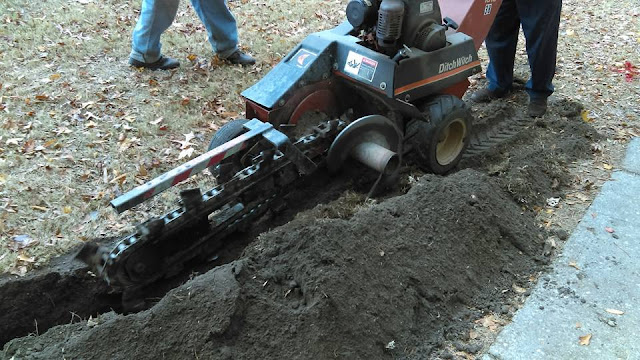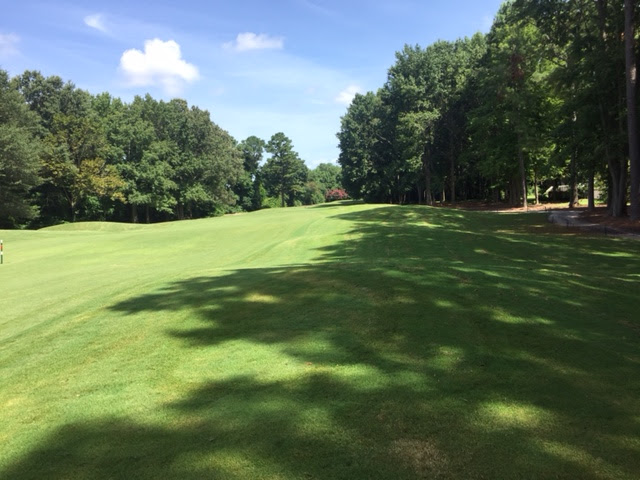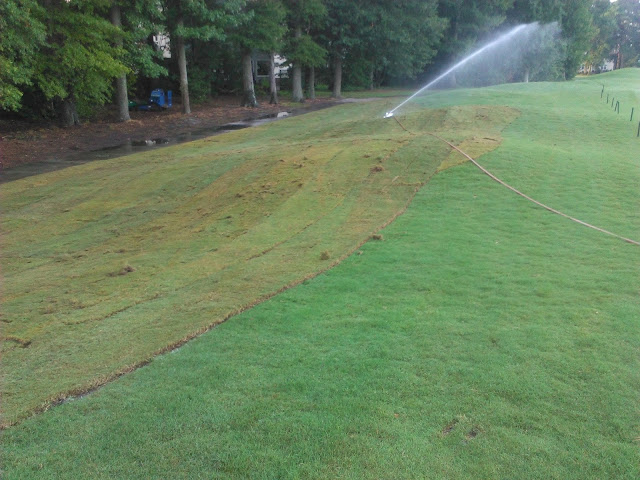Just Breathe
It is no secret that this has been a tough summer here in Tidewater. With night time temperatures consistently near 80 degrees and hot, humid conditions during the day, the bentgrass on our greens can struggle to get the air it needs to its root system. Some of our pocketed greens which get less air flow, are showing the signs of stress more than others. Today we solid tine aerated the Putting Green and holes 1,5,9,12 and 17. With some cooler nights ahead and and the sprays we have to suppress algae, the condition of these greens should improve very quickly, which should allow us to focus of play ability and green speed in the fall months.
Why now?
Some members may wonder why we would choose to perform this solid tine aeration on the day on the 2-Man Championship. With the increased chance of rain this weekend, lack of excessive heat today and cooler weather on the way, we saw the perfect window to safely execute this procedure and improve the health of specific greens. We also performed a test yesterday on our nursery to insure that the mow behind the aeration would smooth out any heaving, so the process would have no impact on ball roll. Because of this, we feel extremely confident that there will be no negative detriment to play.


















































